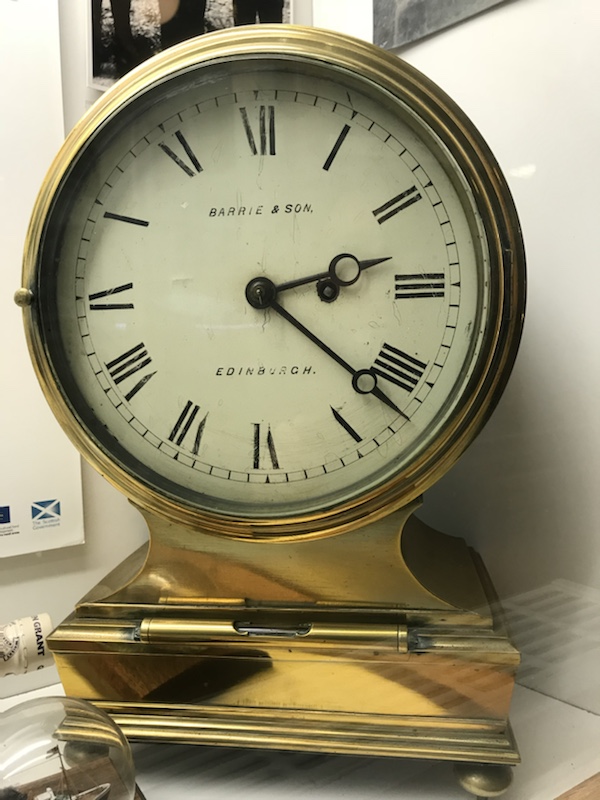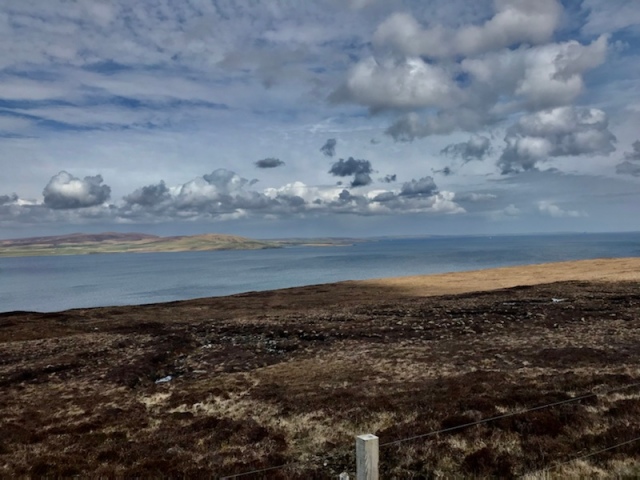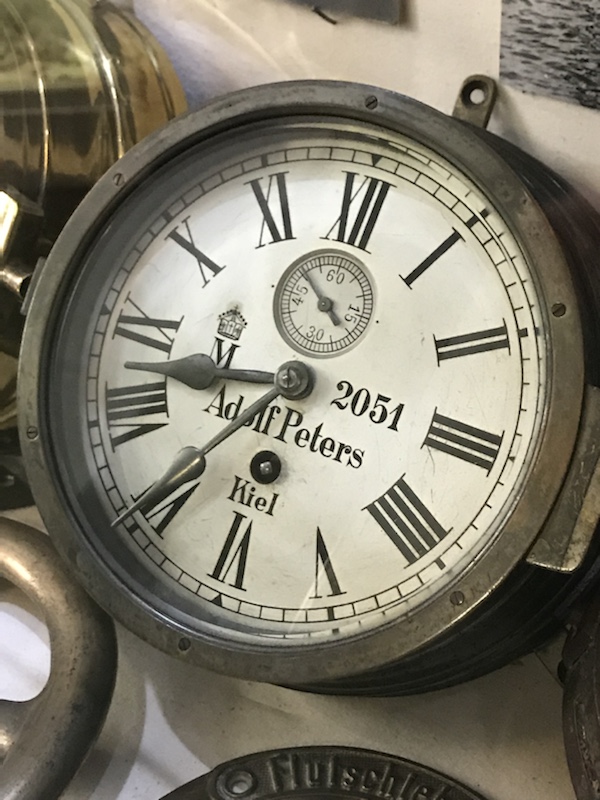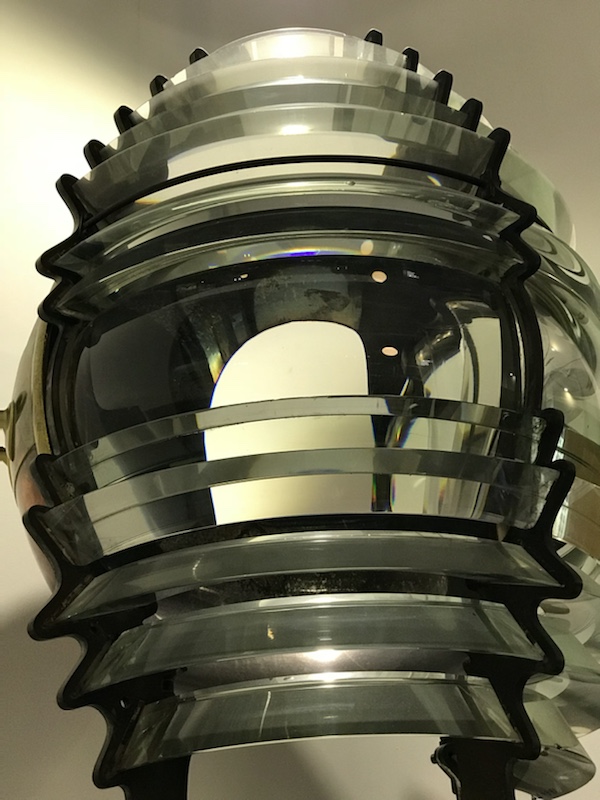

My iPad, on which I do most of my writing, these days, threw up a random picture of a marine clock the other day. I recognised it as dating to when we made our first visit to Orkney in 2018, staying in the busy port of Stromness.

Stromness has an excellent local history museum. An entire room is concerned with the town’s links to naval history and has one of the best collections of marine clocks I’ve ever seen.
Orkney was a strategic base for our naval operations for a long time. During the Napoleonic wars (1803-1815), it was considered a weak point for French attacks and was fortified with Martello Towers – state of the art defence structures with advanced rooftop cannon that were never tested in battle…
Perhaps knowledge of their excellence was sufficient deterrent?

The Napoleonic Wars were a series of major global conflicts pitting the French Empire and its allies, led by Napoleon I, against a fluctuating array of European states formed into various coalitions. It produced a period of French domination over most of continental Europe, and invasion of Britain was a constant threat.

Since then, during WW1 and WW2, the huge sea-loch Scapa Flow was the heavily guarded anchorage of the British Naval Fleet.

The clocks in the museum are from a variety of ships that plied the local waters. Orkney was the main staging post for Arctic Expeditions headed for tremendous hardship as they searched the summer ice for a way through to Canada – the famous North West Passage.


John Rae was one of Stromness’ most famous sons. A local hero, he was instrumental in finding the way through the ice and establishing the North West Passage as a viable route of the day.
The statue of John Rae is displayed in simplicity in the town square, opposite the port of Stromness.

In our age of aviation, this world of arduous and life-threatening sea voyages seems very distant; yet the Stromness local history museum brings and keeps it alive, and the artefacts link us with that past.

Churchill, himself, recorded that future generations could never have the perspective to understand the historical importance of Orkney to Britain, spanning hundreds of years. Perhaps he was sensing that the preeminence of the ‘Senior Service’ (Navy) would be eclipsed by the development of aviation.

The museum’s exhibits cover many other aspects of Stromness’ maritime history, including the development of powerful lenses which enabled low-power light to be reflected for many miles out to sea to guide ships.

If you ever visit Stromness – and I would urge you to do so – be sure to spend an hour or two at the local history museum. You’ll be glad you did…
©Stephen Tanham 2022
Stephen Tanham is a Director of the Silent Eye, a journey through the forest of personality to the dawn of Being.
http://www.thesilenteye.co.uk and http://www.suningemini.blog

The Orkneys is high on my list of places to go. Thanks
If you’re into ancient history, it’s a must!